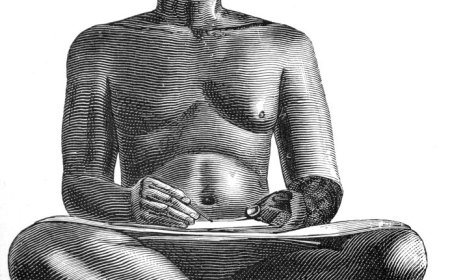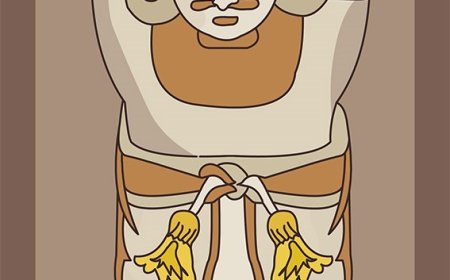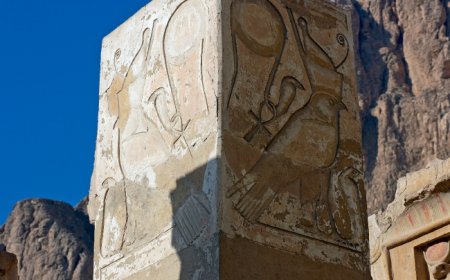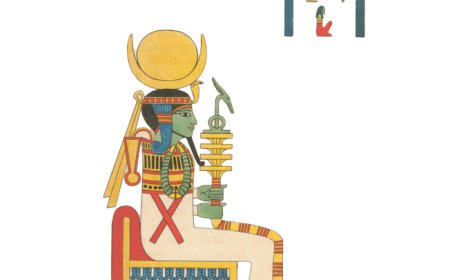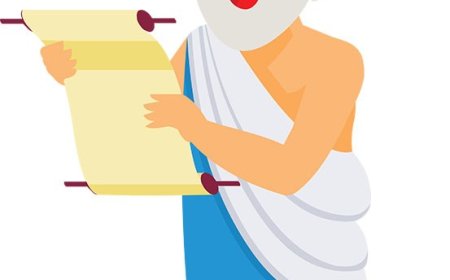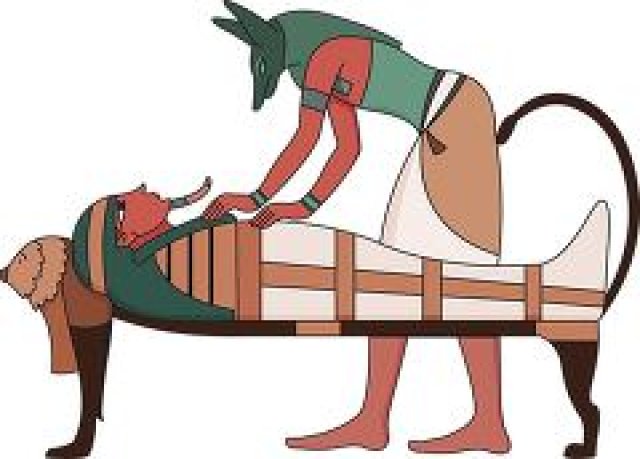Ancient China for Students: Dynasties, Inventions, and the Great Wall
Explore the rich history of Ancient China in this student-friendly article. Learn about Chinese dynasties, inventions like paper and gunpowder, the Great Wall, Confucius, and more. Includes vocabulary, fun facts, and a quiz!
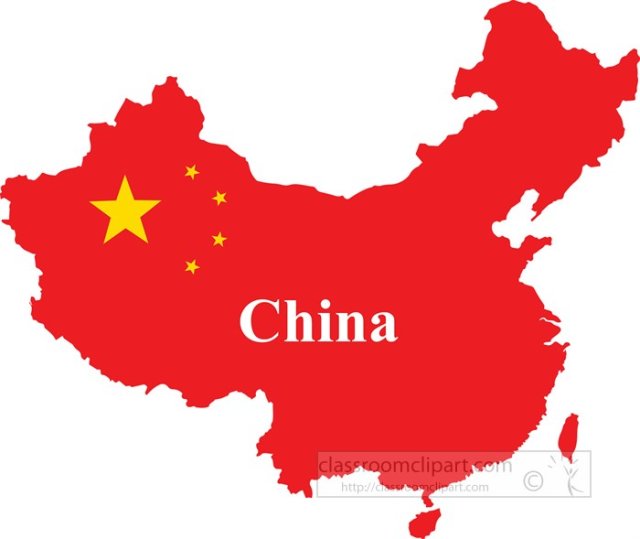
🏯 Ancient China: Dynasties, Inventions, and the Great Wall
Introduction
Ancient China is one of the oldest and most powerful civilizations in history. It gave the world amazing inventions like paper, gunpowder, and silk. It was home to great thinkers, emperors, artists, and builders. This incredible civilization lasted for thousands of years and created many of the traditions, ideas, and tools we still use today. In this article, you’ll discover how ancient Chinese people lived, what they believed, and why their culture still influences the world.
📍 Location and Time Period
Ancient China began along the Yellow River (Huang He) in East Asia over 4,000 years ago. It was surrounded by deserts, mountains, and rivers, which helped protect it from invaders and allowed its culture to grow independently.
China was ruled by a series of dynasties, or ruling families, including:
Xia (possibly legendary) – the first dynasty
Shang Dynasty (1600–1046 BCE)
Zhou Dynasty (1046–256 BCE)
Qin Dynasty (221–206 BCE)
Han Dynasty (206 BCE–220 CE)
Each dynasty left behind important achievements.
👑 Government and Dynasties
China’s emperors were seen as the "Sons of Heaven" and believed to have a divine right to rule. The idea that rulers must govern well or lose the "Mandate of Heaven" helped shape Chinese politics.
The Qin Dynasty, though short, was very important. Emperor Qin Shi Huang united China, built roads, standardized weights and money, and began building the Great Wall.
The Han Dynasty was a golden age of Chinese culture. It created civil service exams to choose government workers and expanded trade along the Silk Road.
🧑🌾 Daily Life in Ancient China
Most people were farmers who grew rice, millet, wheat, and tea. They lived in simple wooden homes with clay tile roofs. Wealthy families had larger houses with courtyards and servants.
Men worked in the fields or government. Women cared for the home and made silk. Children helped their families and, if they were boys from wealthy families, sometimes went to school to learn reading, writing, and calligraphy.
People used chopsticks to eat and drank tea—a drink still popular around the world.
🕊️ Religion and Beliefs
Ancient Chinese people worshipped many gods and believed their ancestors could bring good or bad fortune. They honored ancestors with offerings and ceremonies.
The major belief systems included:
Confucianism – taught respect, order, and family loyalty
Daoism (Taoism) – focused on living in harmony with nature
Buddhism – arrived from India and taught peace, kindness, and letting go of desire
These teachings shaped Chinese society for centuries.
📜 Inventions and Achievements
Ancient China is known for its incredible inventions. Some of the most important are:
Paper – invented during the Han Dynasty
Gunpowder – used later in fireworks and weapons
The compass – helped sailors explore the seas
Printing – they used woodblocks before Europe developed the printing press
Silk – made from silkworms, highly prized and traded worldwide
They also created the first seismograph to detect earthquakes and made early maps, medicines, and irrigation systems.
🧱 Art, Writing, and Culture
Chinese writing uses characters rather than an alphabet. Ancient writing was carved on bones and later written with brushes on silk or paper. Learning to write well was a sign of education and respect.
Chinese artists made beautiful:
Calligraphy
Porcelain vases
Silk paintings
Bronze sculptures
Chinese music and poetry were important parts of celebrations and daily life.
🏯 The Great Wall and Other Structures
One of the most famous Chinese landmarks is the Great Wall of China. It stretches over 13,000 miles and was built to protect against northern invaders. Workers, including soldiers and peasants, helped build the wall over hundreds of years.
Other impressive structures include:
Palaces like the Forbidden City (built later)
Pagodas – tall towers used in temples
Terracotta Army – life-size statues built to guard the tomb of Emperor Qin Shi Huang
💰 Trade and the Silk Road
China traded silk, tea, paper, and spices through a long route called the Silk Road, which connected China to Europe, the Middle East, and India. Merchants traveled with camels across deserts and mountains to bring goods and ideas between East and West.
🏚️ Decline and Legacy
Like other ancient civilizations, China’s dynasties rose and fell over time. After the Han Dynasty, other dynasties followed, including the Tang and Song.
But the legacy of Ancient China still lives on:
Paper, silk, and gunpowder
Philosophy, art, and science
Architecture and inventions
Respect for elders and education
Many Chinese customs, holidays, and foods that began thousands of years ago are still practiced today.
🎉 Fun Facts About Ancient China
- The Chinese invented kites over 2,000 years ago!
- The Terracotta Army includes more than 8,000 statues—all with different faces.
- The Chinese word for “crisis” is made of characters meaning danger + opportunity.
- Silk was once so valuable it was used as money.
- The compass was originally used for spiritual guidance, not navigation!
🧠 Vocabulary List
- Dynasty – A family that rules a country for many generations
- Mandate of Heaven – The belief that rulers were chosen by the gods
- Silk Road – A trade route connecting China to the West
- Confucianism – A philosophy based on respect, order, and learning
- Daoism (Taoism) – A belief in living in harmony with nature
- Terracotta Army – Clay statues built to guard Emperor Qin’s tomb
- Calligraphy – Beautiful, artistic writing
- Pagoda – A tall tower used for worship or religious purposes
- Ancestor – A family member from the past who is honored
- Seismograph – A tool to detect earthquakes, invented by the Chinese
📚 Kid-Friendly Summary
Ancient China was a civilization full of smart people, powerful emperors, and amazing inventions. They made paper, built the Great Wall, and traveled the Silk Road to trade silk and tea. They believed in harmony, family, and learning. Today, their ideas and creations still help shape the world.


















































